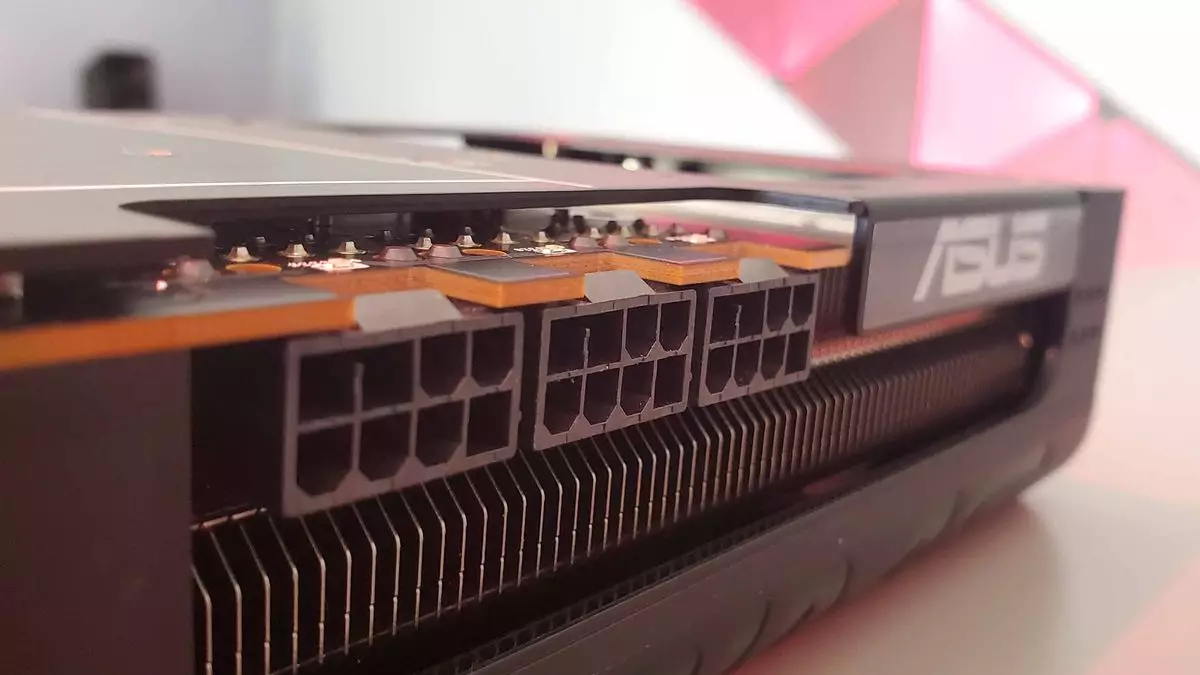As we traverse through the ever-evolving landscape of graphics processing units (GPUs), it’s undeniable that the anticipation surrounding new releases can ignite a fervor among gamers and tech enthusiasts alike. The recent buzz surrounding the upcoming affordable graphics cards has drawn attention, especially following the high-end launch of premium models. The excitement is palpable, yet the reality of the current GPU market remains frustrating, leaving consumers grappling for reasonable prices. Nvidia and AMD’s stances on low-end launches may be unclear, but rumors regarding product variants are abundant.
The Surge of Memory Options
Leading the charge in the speculation is hardware leaker harukaze5719, who has unearthed certifications from South Korea’s National Radio Research Agency (RRA) for both 8 GB and 16 GB configurations of Gigabyte’s RX 9060 XT graphics cards. This revelation, brought to light just days post-certification, suggests that manufacturers are gearing up for an influx of memory options, catering to diverse consumer needs. The presence of multiple listings, including several RTX 5060 Ti variants—such as the Eagle and Aorus models—all boasting 16 GB memory, speaks volumes about the competitive landscape we can expect in the near future.
AMD’s Promised Affordable Solutions
Despite AMD’s initial promise in February of more budget-friendly RX 9060 graphics cards hitting the shelves in Q2 2025, details remain sparse. This cryptic approach has become a characteristic of AMD’s strategy, making it hard to predict the actual gameplay of pricing and availability. The notion that the RX 9060 XT could emerge as a viable $300-$350 competitor against Intel’s Arc B580 and previous Nvidia GPUs is an optimistic hope. The market, often marked by inflated prices and dwindling stock, leaves gamers yearning for a reliable, budget-conscious option that doesn’t sacrifice performance.
The Elephant in the Room
Yet, one cannot overlook the daunting challenge facing consumers: finding AMD products, ideally priced around the Manufacturer’s Suggested Retail Price (MSRP). The sporadic availability of affordable GPUs has rendered discussions around value propositions almost irrelevant. While AMD may promise superior performance with their new RDNA 4 architecture, the practicalities of stock levels throw a wrench into the optimism. For those eyeing the RX 9060 XT, it’s crucial to consider the implications of market availability, especially as RTX 5060 Ti cards seem to be flooding the scene.
Speculations on Competitive Pricing
The battle for price undercutting is one that AMD must navigate adeptly. To truly position the RX 9060 XT as a worthy opponent against the RTX 5060 Ti, effective pricing strategies will be essential. Given the narrative surrounding the RX 9070 XT undercutting the RTX 5070 Ti, a repeat success could alter the landscape. If AMD can launch an 8 GB competitor to the Intel Arc B580 at an attractive price point, the implications for the market could be significant, potentially delivering a product that offers both value and capability—a rare feat in today’s climate.
Demand for Affordable Gaming Solutions
The overarching demand remains clear: consumers are not asking for much—just a hint of affordability and consistent stock. The prevalence of high prices has dominated conversations in gaming, making the need for reasonably priced graphics cards more pressing than ever. As we peer cautiously into the future, the hope of a balanced market with accessible options becomes a beacon for gamers. It’s a plea for industry players to prioritize accessibility amidst the promise of innovation.
The landscape may be tumultuous, but there lies an undercurrent of optimism that needs to be harnessed. With the right alignment of pricing, availability, and performance, the GPU market can shift from its current tumult toward a more consumer-friendly approach.

